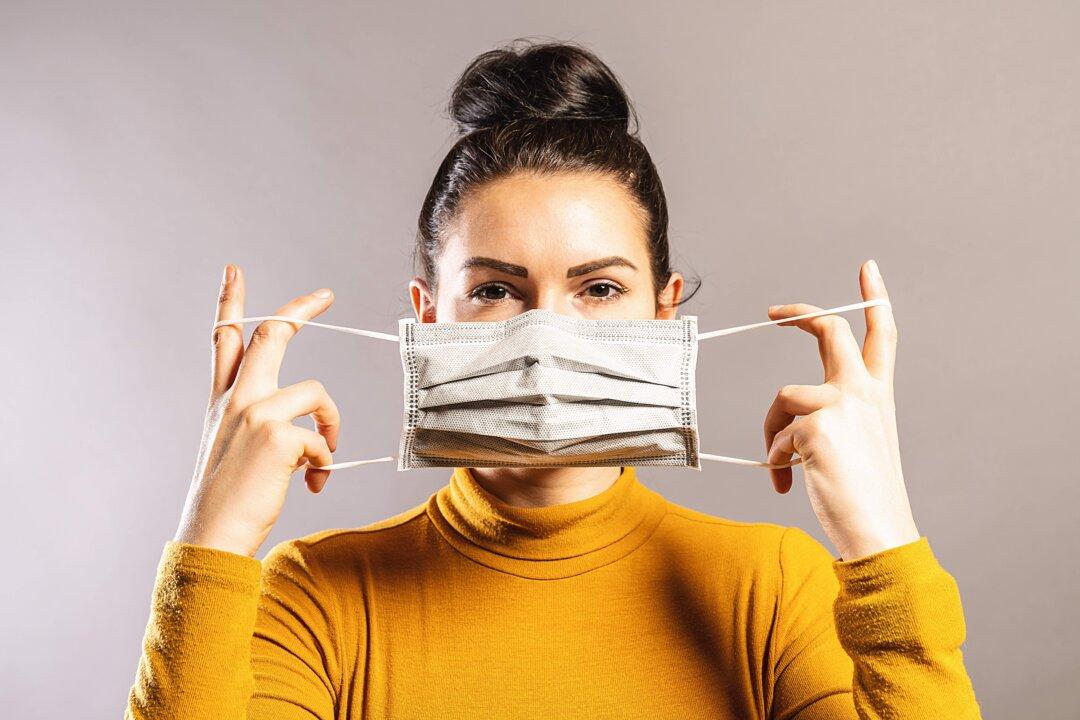A fierce public debate about face masks is just one more bizarre feature of 2020. One side sees masks as a personal responsibility necessary to stop, or at least slow, a deadly contagion, and anyone who dares to go without is endangering lives. The opposing side sees mask requirements as an empty gesture and annoying charade that only serves to amplify panic.
The problem is that both sides can find supporting statements from the same sources.






